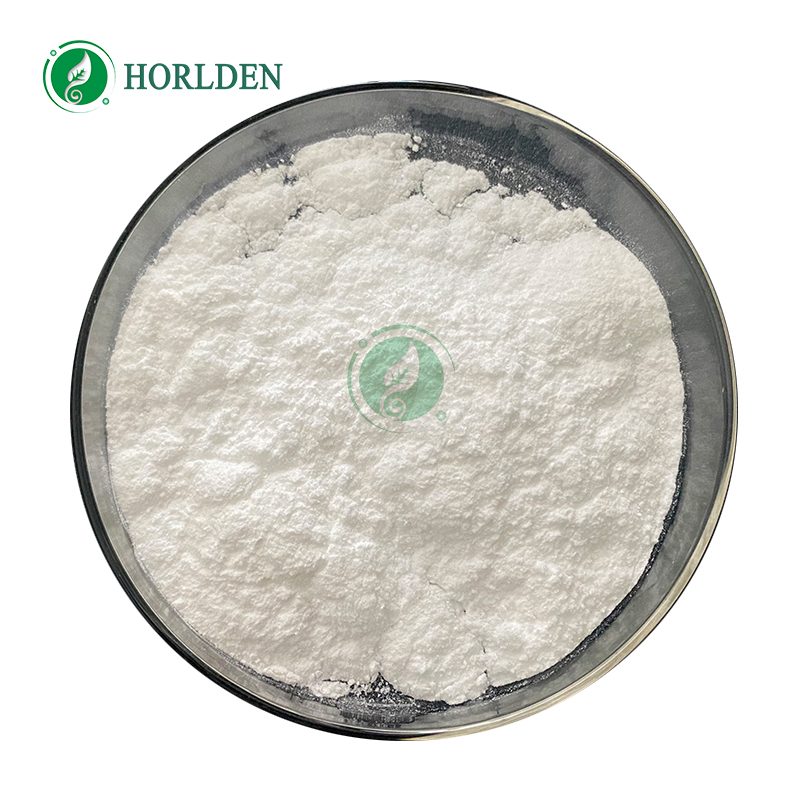-
Categories
-
Pharmaceutical Intermediates
-
Active Pharmaceutical Ingredients
-
Food Additives
- Industrial Coatings
- Agrochemicals
- Dyes and Pigments
- Surfactant
- Flavors and Fragrances
- Chemical Reagents
- Catalyst and Auxiliary
- Natural Products
- Inorganic Chemistry
-
Organic Chemistry
-
Biochemical Engineering
- Analytical Chemistry
-
Cosmetic Ingredient
- Water Treatment Chemical
-
Pharmaceutical Intermediates
Promotion
ECHEMI Mall
Wholesale
Weekly Price
Exhibition
News
-
Trade Service
The production process of (17a,20E)-17,20-[(1-methoxyethylidene)bis(oxy)]-3-oxabicyclo[2.
2.
2]octane, also known as PFOA or C8, is a complex and multi-step process that involves several chemical reactions and purification steps.
The production process can be broken down into the following main steps:
- Synthesis of the starting material: The synthesis of the starting material for the production of PFOA involves the reaction of 1,1,1-trifluoro-2,2-bis(p-methoxyphenyl)ethane with sodium hydroxide in the presence of a solvent, such as 1,4-dioxane.
- Chlorination: The next step in the production process is the chlorination of the starting material, which involves the reaction of the starting material with chlorine gas in the presence of a solvent, such as carbon tetrachloride.
- Hydrolysis: After the chlorination step, the product is hydrolyzed to produce the intermediate product, which is a mixture of various impurities.
- Purification: The intermediate product is then purified through several purification steps, such as filtration, distillation, and crystallization, to produce a purified sample of the intermediate product.
- Oxidation: The purified intermediate product is then oxidized to produce PFOA.
The oxidation step involves the reaction of the intermediate product with oxygen in the presence of a solvent, such as acetone, and a catalyst, such as silver oxide. - Purification: After the oxidation step, the product is purified through several purification steps, such as filtration, distillation, and crystallization, to produce a purified sample of PFOA.
- Recrystallization: The final step in the production process is the recrystallization of PFOA, which involves the crystallization of the purified sample of PFOA from a solvent, such as toluene.
Overall, the production process of PFOA involves several chemical reactions and purification steps, which require specialized equipment and expertise.
The process also involves the use of various chemicals and solvents, which must be handled with care to ensure the safety of workers and the environment.
Additionally, the production process of PFOA is energy-intensive, requiring significant amounts of energy to power the various equipment and processes involved in the production of PFOA.







